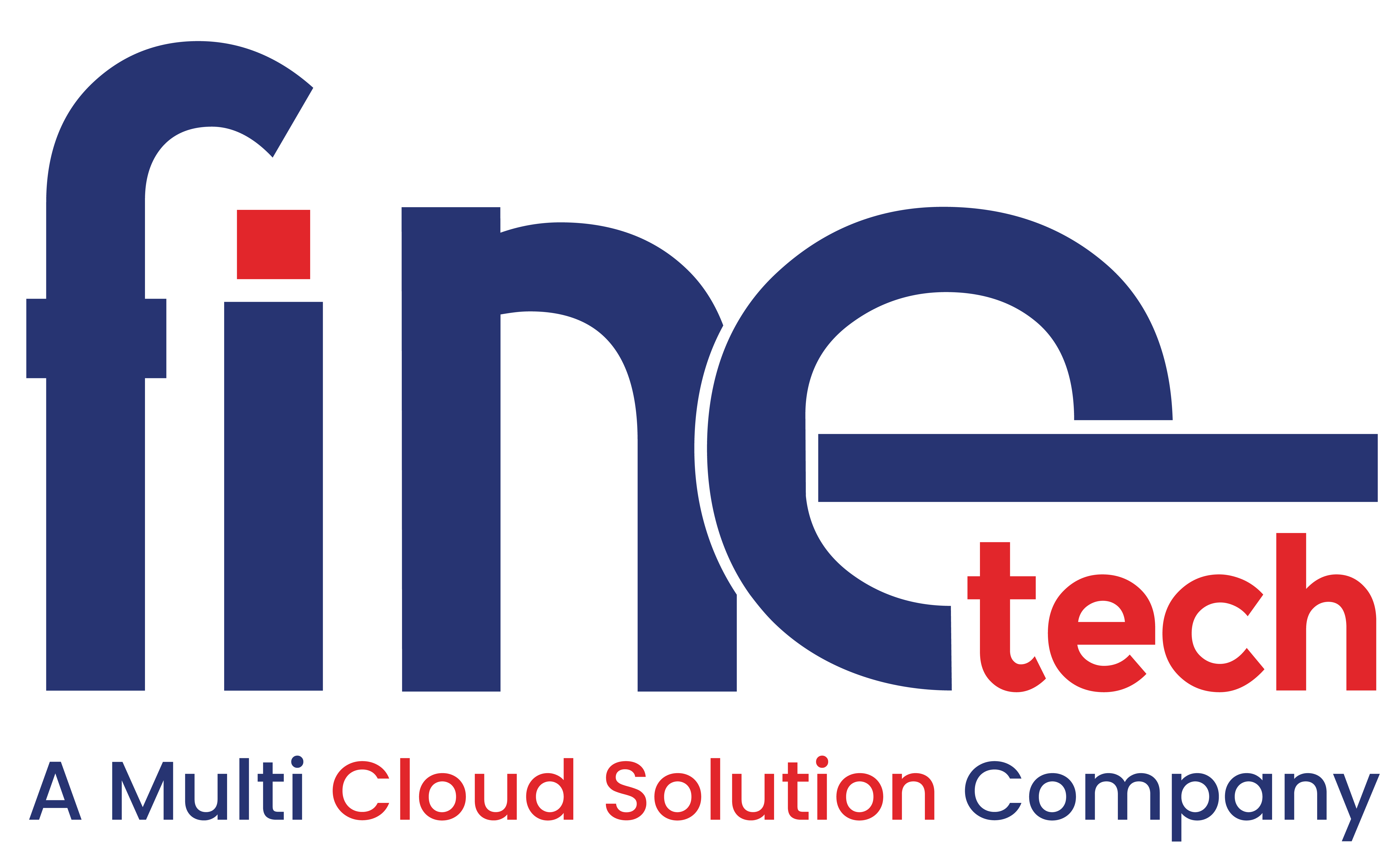6 min read
In today’s fast-paced business landscape, innovation isn’t a one-off event; it’s a continuous process driven by collaboration and fresh ideas. Companies that embrace a culture of innovation and creativity tend to outperform their competitors and adapt more effectively to change. In this era of digital transformation, generative AI has emerged as a powerful tool to fuel this culture and supercharge creativity. This article explores how generative AI, particularly in the context of Google Workspace, is transforming the way businesses innovate and create.
The Power of Collaboration
For most companies, innovation rarely stems from a single brilliant idea. Instead, it’s often the result of seamless collaboration among diverse teams, each contributing unique perspectives. Collaboration isn’t just about sharing ideas; it’s about fostering an environment where every team member feels comfortable expressing their viewpoints. Unfortunately, many employees face obstacles when trying to share their ideas, from the anxiety of speaking up in a group setting to the daunting prospect of starting with a blank page.
This is where generative AI steps in to remove these barriers. With generative AI, the fear of a blank page becomes a thing of the past. Imagine a scenario where a global retail company is launching a new line of shoes and needs a standout name. Using AI-powered tools like Duet AI, each team member can input their unique prompts, generating dozens or even hundreds of name ideas within seconds. While not every result may become the final product name, these generated suggestions serve as inspiration for creativity.
Generative AI, in this context, empowers employees to develop fresh perspectives and boost their confidence in sharing ideas. When this culture of collaboration becomes ingrained, it leads to an abundance of innovative concepts that can unleash the collective genius of a team.
Visualizing Early-Stage Ideas
Innovation often involves exploring early-stage ideas and allowing them to evolve organically. Generative AI supports this process of “divergent thinking,” where connections between seemingly unrelated concepts lead to breakthroughs. During the initial stages of ideation, logic, and structure take a back seat to curiosity and exploration. It’s about following the path of ideas wherever it may lead.
Visualization plays a crucial role in nurturing these early-stage thoughts. In the past, visualizing ideas was a labor-intensive task, but with generative AI, it’s easier than ever. Tools like Duet AI’s “help me visualize” feature can bring ideas to life in unexpected and creative ways.
Let’s revisit the shoe launch example. A simple prompt like “create 10 images of white sneakers in front of different iconic mountains” could help a marketing team visualize campaign designs for an internal pitch. Even if the initial results don’t fully align with their vision, they can quickly modify details, combine concepts, or generate a fresh set of images within seconds.
Maintaining the Creative Flow
Achieving a state of flow is essential when working on creative projects. Distractions can disrupt this flow, and it takes significant time to regain full focus after an interruption. Generative AI steps in to help teams automate routine tasks, allowing them to stay immersed in the creative process.
Imagine using AI to create a custom project plan for a product launch, complete with deadlines and task statuses. This plan can be easily shared within a collaborative space like Google Chat, keeping everyone connected and on track. Taking it a step further, generative AI can assist in building a project tracking app without any custom coding, streamlining workflows, and minimizing manual and administrative tasks.
By automating these tasks, generative AI empowers teams to maintain their creative flow. While they concentrate on generating innovative ideas, AI takes care of the operational details.
Netflix: Enhancing Content Recommendation with Generative AI
Netflix, the global streaming giant, relies heavily on data-driven innovation to keep its subscribers engaged and satisfied. One of the key challenges for Netflix is providing personalized content recommendations to its vast and diverse user base.
To address this challenge, Netflix turned to generative AI. The company developed a proprietary recommendation engine called the “CineMatch” algorithm, which utilizes generative AI techniques. This algorithm analyzes an extensive range of data points, including a user’s viewing history, preferences, time of day, and even their interaction with the user interface.
Here’s how generative AI enhances Netflix’s innovation and creativity:
- Personalized Content: CineMatch uses generative AI to generate personalized movie and TV show recommendations for each user. It doesn’t just rely on straightforward correlations but aims to understand the nuances of individual taste.
- Content Creation: Netflix has also started using generative AI to assist in content creation. It analyzes data on what kind of content is popular and what elements resonate with viewers. This insight is used to guide the creation of new original content that is more likely to engage the audience.
- Dynamic Thumbnails: The platform uses generative AI to create dynamic thumbnails for its content. These thumbnails are personalized based on the user’s preferences and viewing history. They aim to capture the essence of a show or movie, increasing the likelihood that users will click and watch.
- Continuous Innovation: Netflix’s innovation with generative AI doesn’t stop at recommendations. They are exploring ways to use AI for script analysis, predicting show success, and even enhancing post-production processes.
By harnessing the power of generative AI, Netflix has transformed the way it engages with its audience. Users receive tailored content recommendations that keep them coming back for more, while the company continuously innovates in content creation and delivery. Netflix’s success demonstrates how generative AI can drive creativity, improve user engagement, and lead to business growth in the competitive streaming industry.
A Launchpad for Creativity
Incorporating generative AI into your business culture transforms it into a launchpad for creativity and innovation. It provides the necessary space for ideation, encourages diverse perspectives, and ensures that the creative flow remains uninterrupted. Moreover, generative AI democratizes creativity, making it accessible to everyone within the organization.
To stay competitive in today’s rapidly evolving business landscape, leaders must embrace generative AI as a catalyst for innovation. By doing so, they enable teams to think beyond boundaries, discover new perspectives, and maintain the creative momentum needed to drive continuous innovation.
Enhancing Decision-Making with Data-Driven Insights
Innovation often involves making critical decisions, and these decisions are best informed by data-driven insights. Generative AI can assist organizations in analyzing vast datasets and generating actionable insights, helping teams make informed choices.
For instance, in a product development scenario, generative AI can sift through market data, customer feedback, and competitor analyses to identify trends and potential opportunities. It can then provide teams with data-driven recommendations, guiding them towards the most promising innovation pathways.
By leveraging AI to enhance decision-making, organizations can minimize the risks associated with innovation and focus their efforts on initiatives that have the highest likelihood of success.
Accelerating Prototyping and Design Iterations
The rapid prototyping of ideas is a cornerstone of the innovation process. However, traditional prototyping methods can be time-consuming and resource-intensive. Generative AI streamlines this process by enabling rapid ideation and design iterations.
Consider a scenario where a design team is tasked with creating a new user interface for a mobile app. Generative AI tools can generate multiple design concepts based on user preferences, industry best practices, and branding guidelines. These concepts can be quickly refined and iterated upon, saving valuable time and resources.
By accelerating the prototyping phase, generative AI empowers teams to explore a wider range of creative possibilities and bring innovative products and solutions to market faster.
Personalizing Customer Experiences
Innovation extends beyond products and services; it also encompasses customer experiences. Generative AI can play a pivotal role in personalizing these experiences by tailoring content, recommendations, and interactions to individual preferences.
Imagine an e-commerce platform that uses generative AI to analyze customer behavior and preferences. Based on this analysis, it can dynamically generate product recommendations, personalized marketing messages, and even individualized user interfaces. This level of personalization enhances customer engagement and loyalty.
By harnessing generative AI to create personalized experiences, businesses can strengthen their relationships with customers and drive innovation in customer-centric strategies.
Cross-Disciplinary Collaboration
Innovation often requires input from diverse disciplines and expertise. Generative AI facilitates cross-disciplinary collaboration by providing a common platform for teams with varying skill sets to contribute to the creative process.
For instance, a healthcare innovation project may involve collaboration between medical professionals, data scientists, and software engineers. Generative AI tools can bridge the gap between these disciplines, allowing them to work together seamlessly. Medical data can be analyzed, algorithms can be generated, and software solutions can be developed within a unified environment.
By promoting cross-disciplinary collaboration, generative AI unlocks the full potential of diverse teams, resulting in more holistic and innovative solutions.
Ethical Considerations in AI-Driven Innovation
As organizations increasingly rely on generative AI for innovation, it’s essential to address ethical considerations. AI systems must be designed and used responsibly to ensure fairness, transparency, and data privacy.
Innovation teams should prioritize ethical AI principles and consider the societal impact of their creations. This includes addressing bias in AI algorithms, ensuring data privacy compliance, and providing transparency in AI-driven decision-making.
By incorporating ethical considerations into their innovation processes, businesses can foster trust among users, regulators, and the broader community while continuing to drive creative and responsible innovation.
Here’s how a real-world business has used generative AI to foster innovation and creativity.
The Future of Innovation with Generative AI
In closing, generative AI is poised to reshape the landscape of business innovation and creativity. From democratizing idea generation to accelerating prototyping, enhancing decision-making, personalizing customer experiences, enabling cross-disciplinary collaboration, and upholding ethical standards, generative AI is a transformative force.
Businesses that embrace and harness the power of generative AI in their innovation endeavors will not only stay competitive but also lead the way in creating groundbreaking solutions that meet the evolving needs of their customers and society at large. The future of innovation is here, and it’s being driven by the limitless possibilities of generative AI.
In conclusion, generative AI is not just a technological advancement; it’s a key driver of creativity and innovation in the modern workplace. It empowers employees to share their ideas without fear, visualize early-stage concepts, and stay in the creative flow by automating tasks. As businesses continue to navigate the ever-changing landscape, generative AI will be the launchpad for the next big idea that propels them ahead of the competition.




